By Crystal Hoshaw

I wasn't a typical little girl in pigtails and Mary Janes. I was an unapologetic tomboy.
I loved all things tough and rough and turned up my nose with disdain at my finger-nail-painting and dress-up-playing contemporaries.
Tagging along behind the boys like Anybodies following the Jets, I was ostracized in much the same way.
No matter what sports I excelled at or Mortal Combat nemesis I defeated, I was forever branded by my unsavory gender, to my great chagrin.
On top of that, I saw myself and my fellow females through the eyes of the boys.
I avoided the “girly girls” like the plague. I strained to avoid displays of emotionality, frivolity, and vulnerability—traits I had come to understand as patently feminine.
It wasn't until much later in my life that I understood this rejection of my own gender as a rejection of myself.
Still, this masculine tone carried into my attitude as a teen. I felt I had to single-handedly prove that women could be just as good as men at anything, and had a duty to my gender to not be conventionally, predictably, vapidly feminine.
I wove in and out of this head trip for much of my life, ranging from a bleach-blonde cheerleader with acrylic nails to an angry feminist who only wore men’s clothes and didn’t shave her legs for several years.
Through it all, I was seeking my authentic self, behind all the conditioning, ideology, and social judgment.

My anti-feminine attitude bled into my spiritual outlook as well.
When I joined a 10 month yoga teacher training at seventeen, I was the pitta kid in the front of class competing with myself, obsessed with nailing every asana.
That same training introduced me to Ayurveda, but my approach was no different. If I was going to do it, I was going to do it hard.
That meant vegan, sattvic, salt/garlic/onion-free, and no more than two anjalis—or handfuls of food—on my plate at a time.
I thought of the Buddha's feeble renunciate's body, nourished only by a single handful of rice each day. That’s real spirituality, right?
This strictness gave me the false belief that I had succeeded at controlling my desires and base impulses. In reality, I was repressing them.

Waking down into the body
While reading in the cafe on my college campus one day, I came across a line in The Yoga Sutras of Patanjali by Sri Swami Satchidananda saying that sex—at least, to the detached, enlightened mind—was just as inconsequential as rubbing two sticks together.
That can’t be right, I thought.
Surely the aim and fruit of enlightenment isn’t to reduce our human experience to something so unfeeling. Surely the point is not to desensitize ourselves to the basic, innate, and ultimately innocent pleasure of being embodied.
Shouldn’t our spiritual path lead us to an experience of life that’s more vivid, more multidimensional, more intimate? Even more sensual and pleasurable?
This was an early tell-tale sign that I needed Tantra in my life.
After enough little insights like this, it eventually dawned on me that my previous spiritual orientation held a subtle desire for self-negation.
Just as I had tried and failed to negate my gender as a young girl, I found myself attempting to negate the qualities that made me human, woman, and allowed me to express my unique and divine personality.
Through a misunderstanding of what it means to lead a spiritual life, I had confused individuality with ego and strove for spiritual homogeneity instead of authenticity.

This applied to my food choices too.
When I learned the word “orthorexia,” alarm bells went off in my head. First coined by American physician Steve Bratman in 1997, it comes from the Greek word “orthos,” or “right.”
It wasn’t that I was fighting with my weight or my body in the conventional sense. I was fighting with a constant need to be correct. Of course, I was only setting myself up to fail.
When I started to give up the need to make the “right” choice all the time and the pressure that goes along with it, I started to experience an inherent pleasure and satisfaction with life that is the true beginning of the road to spiritual bliss.

No better teacher than the body
When I became pregnant with my son, I experienced a resurgence of my body’s inherent intelligence and natural wisdom that completely overrode any conceptualizations I might have had about ahimsa and veganism.
While pregnant, my regular diet included steak, a hefty pile of dark leafy greens, and over a gallon of whole cow’s milk a day. This rapid shift came at the ardent insistence of my natural urges—urges I didn’t even know I had.
As a result, I felt nourished, juicy, and—to my midwife’s great relief—no longer tested as anemic.
I learned firsthand that depriving the body of what it needs is a form of violence. Somehow, this only became clear to me when I had another body growing inside of me to make the point.
Now I know that my body, on its own, deserves the same gentle compassion and nurturing care.
After all, even the Buddha gave up his meager renunciate’s diet, to the dismay of many of his austere followers.
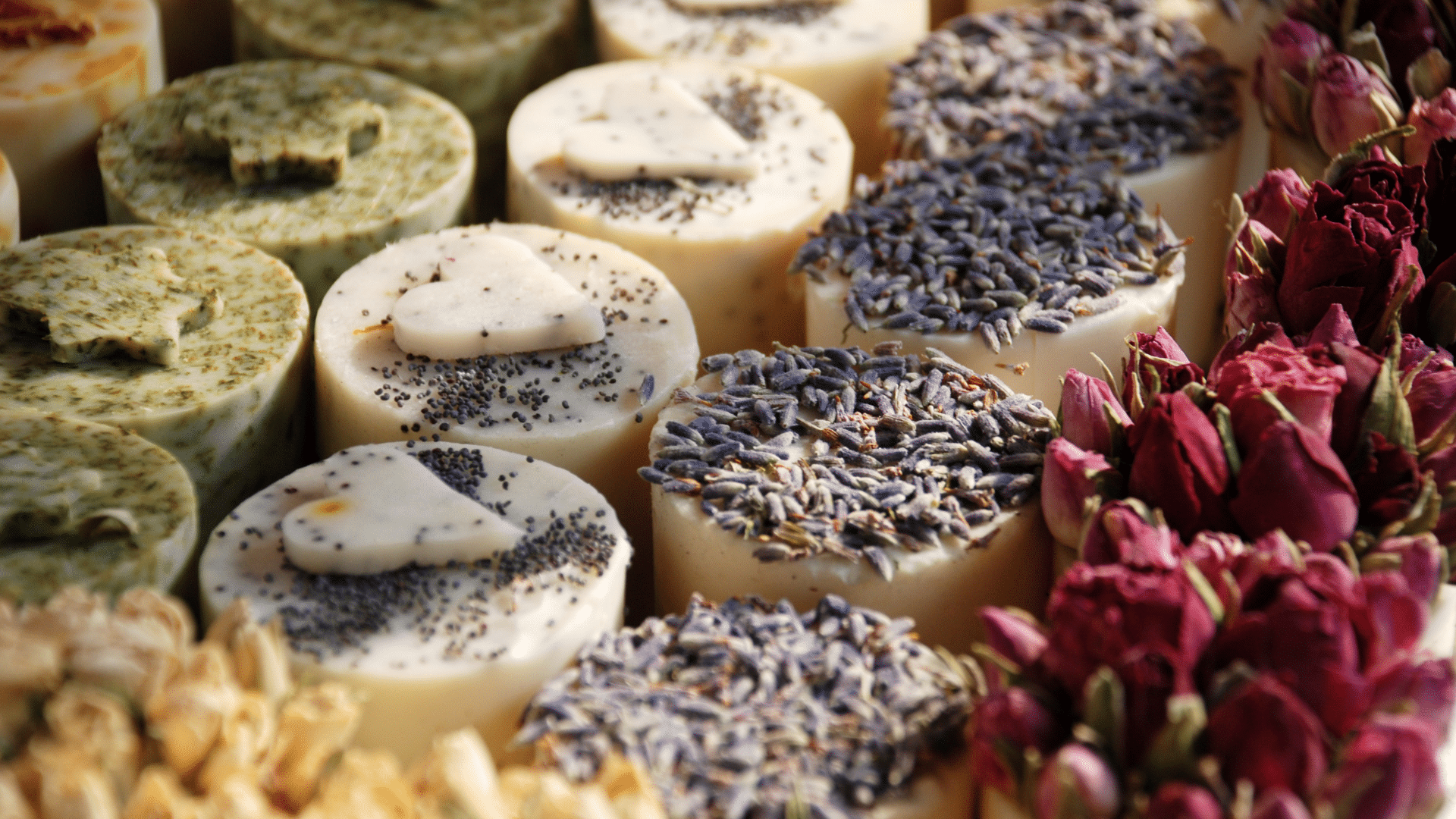
Ayurveda reimagined
As I sought a way to continue to deepen my relationship with Ayurveda while honoring these newfound insights, I found myself turning away from so much of the messaging I encountered, whether in courses, in books, or on social media.
Like so many fields, many of the voices are men. Like many rich traditions, much of the messaging has been distorted by the legacy of colonialism.
And like so much of wellness culture, there’s often subtle language implying that our bodies, impulses, and desires are threatening—even dangerous, that they should be controlled, subdued, and even snuffed out completely.
Then I found The Shakti School.
Finally, an Ayurvedic community addressing this strange self-negating bent in what is actually a deeply intuitive, life-affirming science.
“Ayurveda is the science of love, intuition, and intellect,” writes Vasant Lad in The Textbook of Ayurveda.
To me, this triad represents the union of intuitive Shakti with intellectual Shiva. The result? The pure, unadulterated love that is our true nature.
Just like an excess of tejas can burn off ojas and disturb prana, an excess of intellectualizing and rule-following reduces Ayurveda to a dogma instead of the living embodiment of natural wisdom that it is.
The chaos of Shakti is necessary for life, and the hosting energy of Shiva provides the stage where chaos can dance. From this perspective, the categories of good and bad, profane and sacred become indistinct, even limiting.
Ayurveda in its most profound expression presents us with the freedom and responsibility of meeting the world each moment without the aid of simplistic dichotomies of right and wrong, requiring an open and hosting attitude toward the polarities of our own experience and of existence itself.
True Ayurveda is the ultimate compassion.
Just as much as Ayurveda asks us to get real with ourselves, to practice discipline, and implement healthy boundaries, it also asks us to do so with a softness, acceptance, and reverence for our human experience and everything that comes along with it—including our cravings for ice cream, our emotional breakdowns, and those times we decide to skip the gym to binge Netflix instead.
For Ayurveda, beauty and pleasure and even coffee and depression can be medicine.
Ayurveda can host all of it, and when we live Ayurveda as a practice, so can we.
This is the gift that The Shakti School provides: a community to marinate in acceptance of ourselves—foibles and all—as a means to deep, connected, embodied health and wellbeing.
About Crystal


 Of everything that I learned throughout that year, the concept of radical responsibility took hold the strongest. Realizing that I had the power to create the life I wanted was a double edge sword. It was extremely freeing and yet equally terrifying. Instead of playing victim, I slowly started to realize that I could honour my experience and desires. I knew that I felt deeply unexpressed in my career and confined to showing up as a “robot” version of who I was every day as a teacher. And yet, it wasn’t quite the right time to leave.
Of everything that I learned throughout that year, the concept of radical responsibility took hold the strongest. Realizing that I had the power to create the life I wanted was a double edge sword. It was extremely freeing and yet equally terrifying. Instead of playing victim, I slowly started to realize that I could honour my experience and desires. I knew that I felt deeply unexpressed in my career and confined to showing up as a “robot” version of who I was every day as a teacher. And yet, it wasn’t quite the right time to leave.
 Over the past 2.5 years, I’ve helped 100+ heart-centred business owners clarify their brand message so they can make real connections, show up with confidence online and make more impact and money. I absolutely LOVE the clients that I work with. They are badass entrepreneurs who are using their gifts and talents to solve problems for people and help end suffering on the planet. But they often have no idea how to position themselves and tell their story in a way that truly resonates and helps them sell their services or programs.
Over the past 2.5 years, I’ve helped 100+ heart-centred business owners clarify their brand message so they can make real connections, show up with confidence online and make more impact and money. I absolutely LOVE the clients that I work with. They are badass entrepreneurs who are using their gifts and talents to solve problems for people and help end suffering on the planet. But they often have no idea how to position themselves and tell their story in a way that truly resonates and helps them sell their services or programs.
 Becky
Becky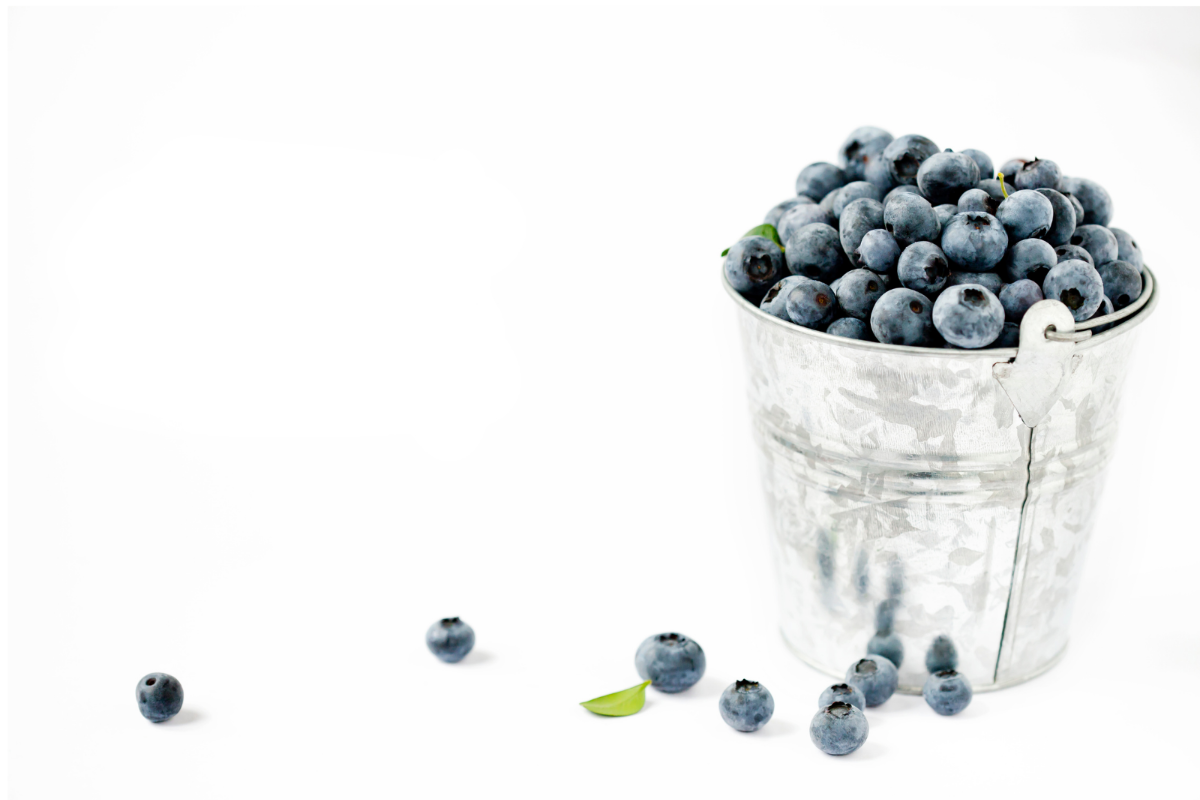

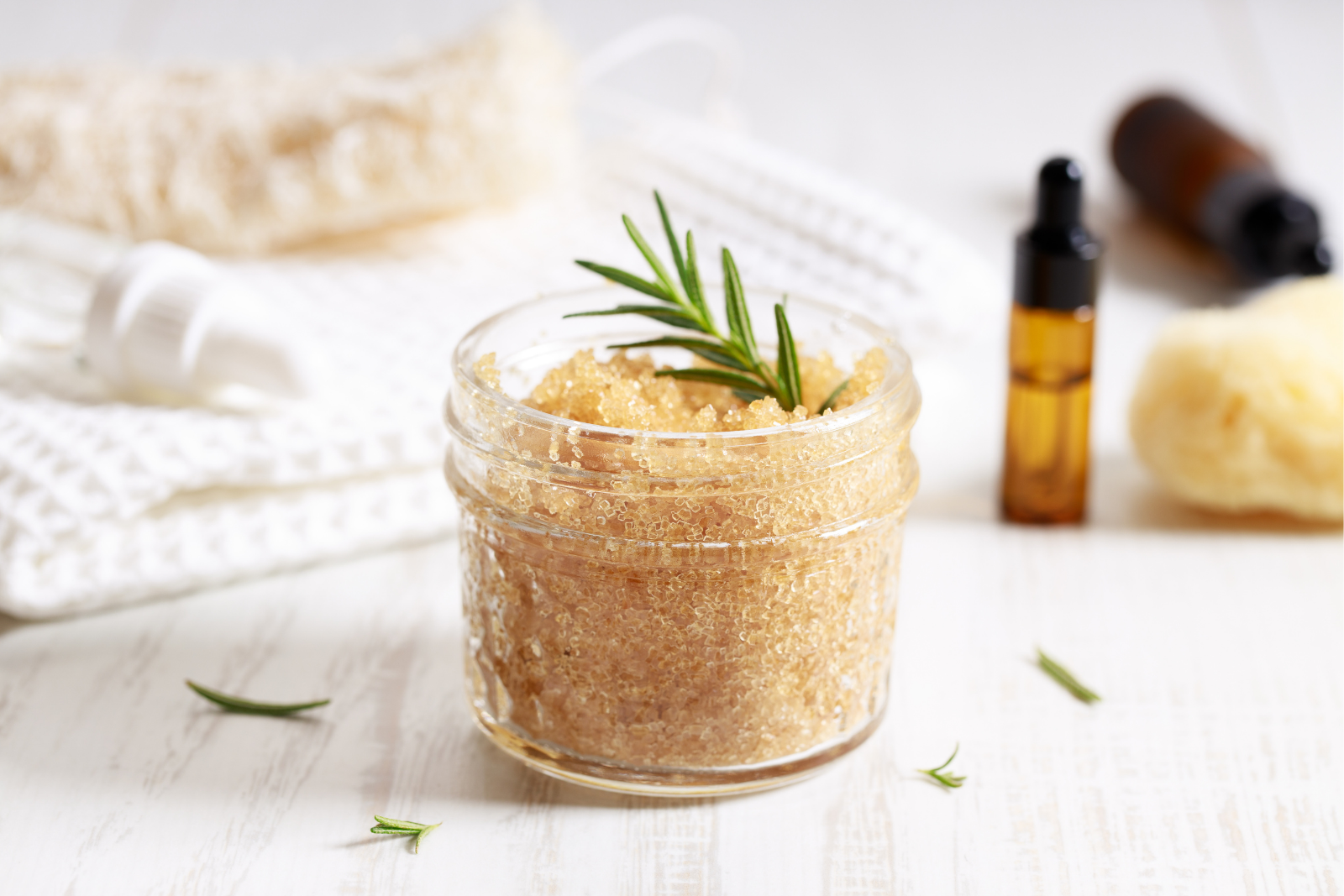
 🥒
🥒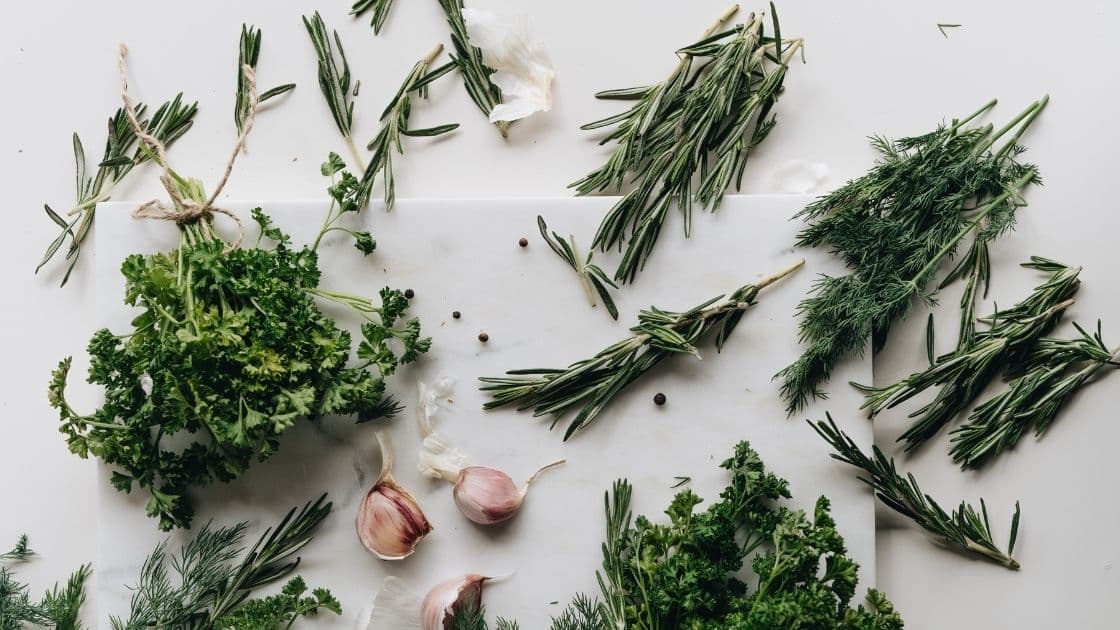
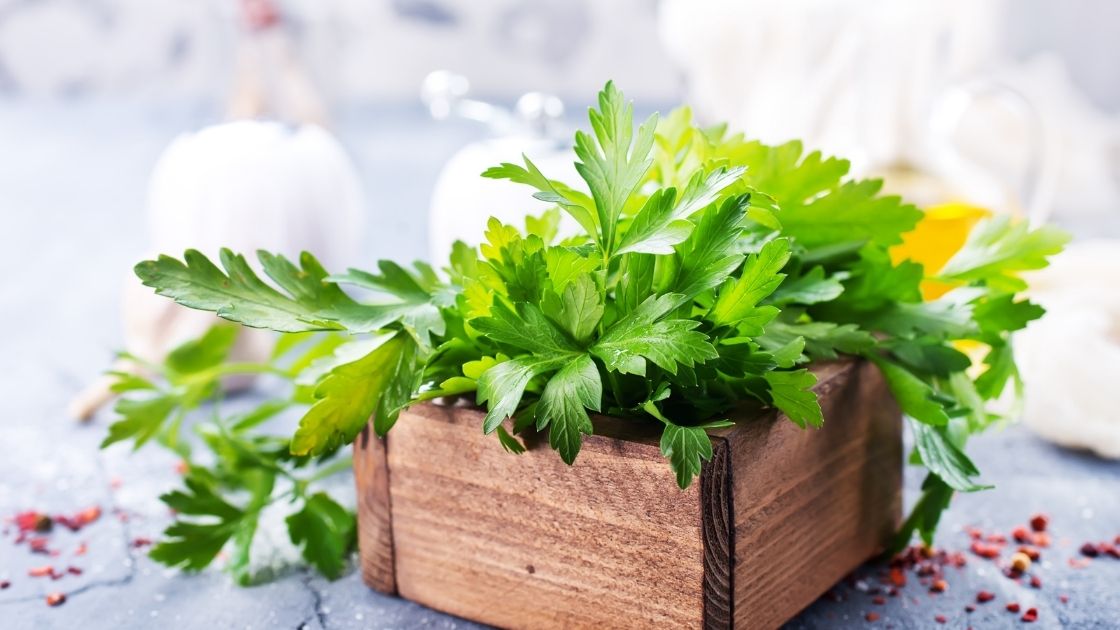

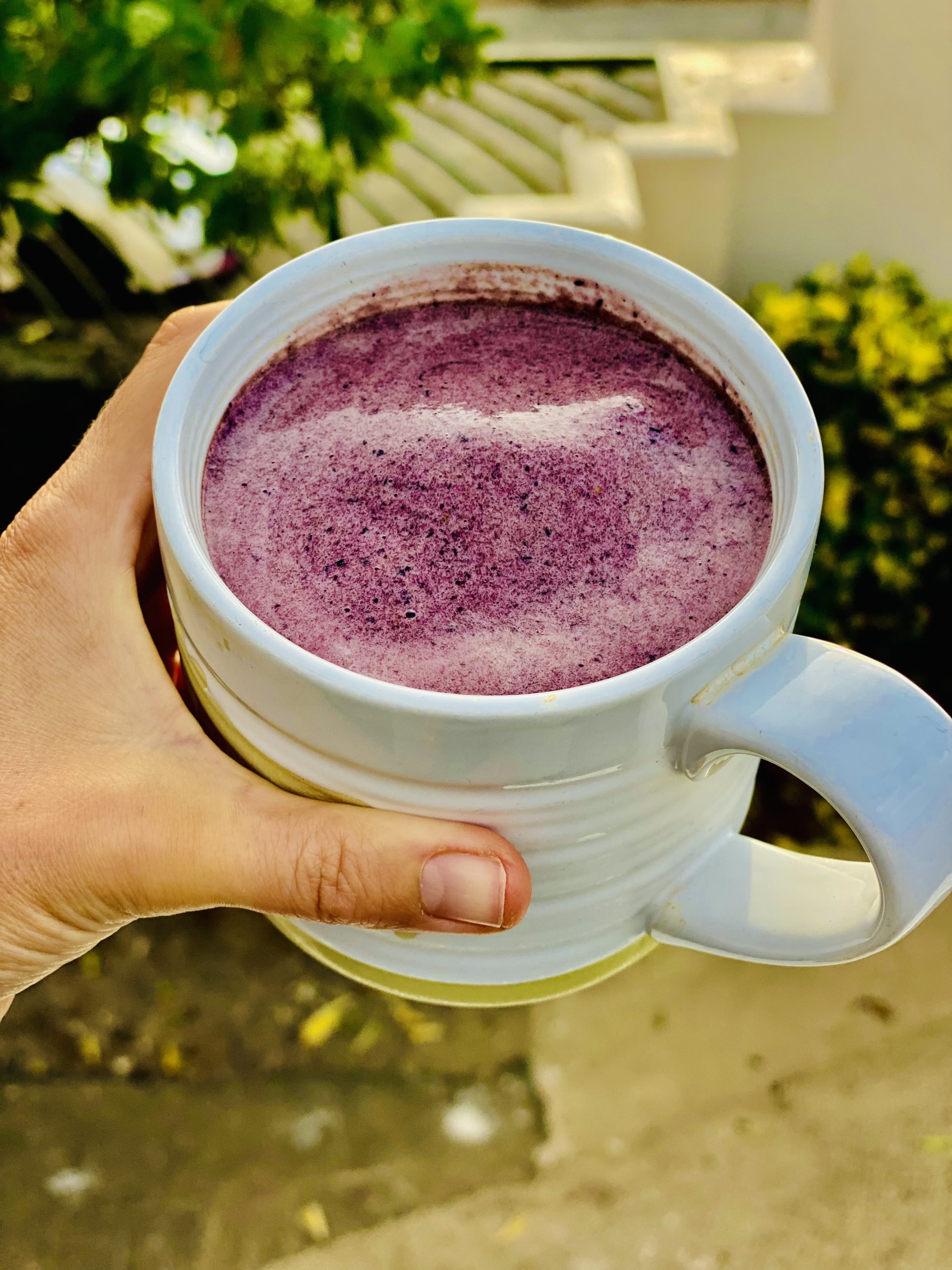

 It could be time to let go of the high intensity schedule you may have had during the pitta time of year. This is the time to slow down and focus on more fluid and intentional movement. Morning and evening meditations, slow walks in nature (bundled up), and staying inside with a book and a cup of chaga can all be more appropriate activities during this time of the year.
It could be time to let go of the high intensity schedule you may have had during the pitta time of year. This is the time to slow down and focus on more fluid and intentional movement. Morning and evening meditations, slow walks in nature (bundled up), and staying inside with a book and a cup of chaga can all be more appropriate activities during this time of the year. 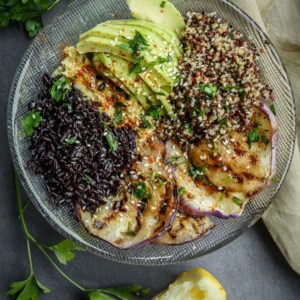

 The fall tendency is to become more mentally scattered, anxiety can rise, and emotions can become a little more intense. Try focusing on exercise that incorporates more fluid movements like walking, gentle yoga, and body weight mobility circuits.
The fall tendency is to become more mentally scattered, anxiety can rise, and emotions can become a little more intense. Try focusing on exercise that incorporates more fluid movements like walking, gentle yoga, and body weight mobility circuits.
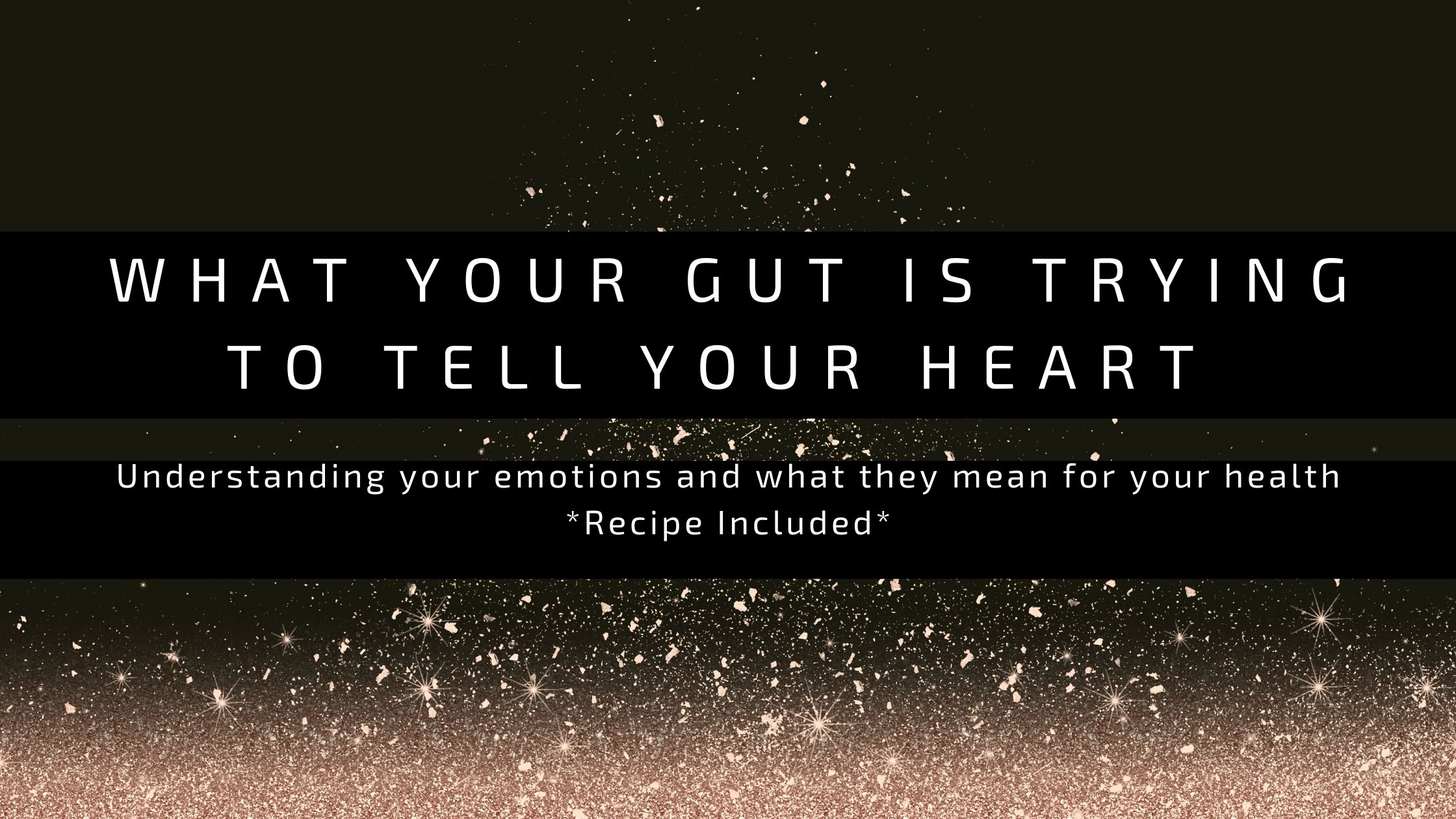

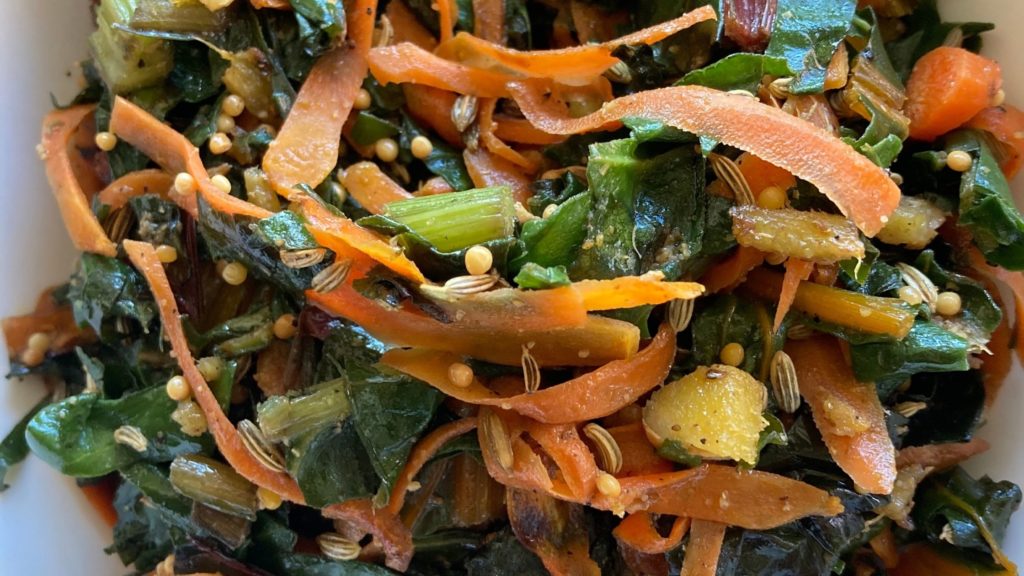
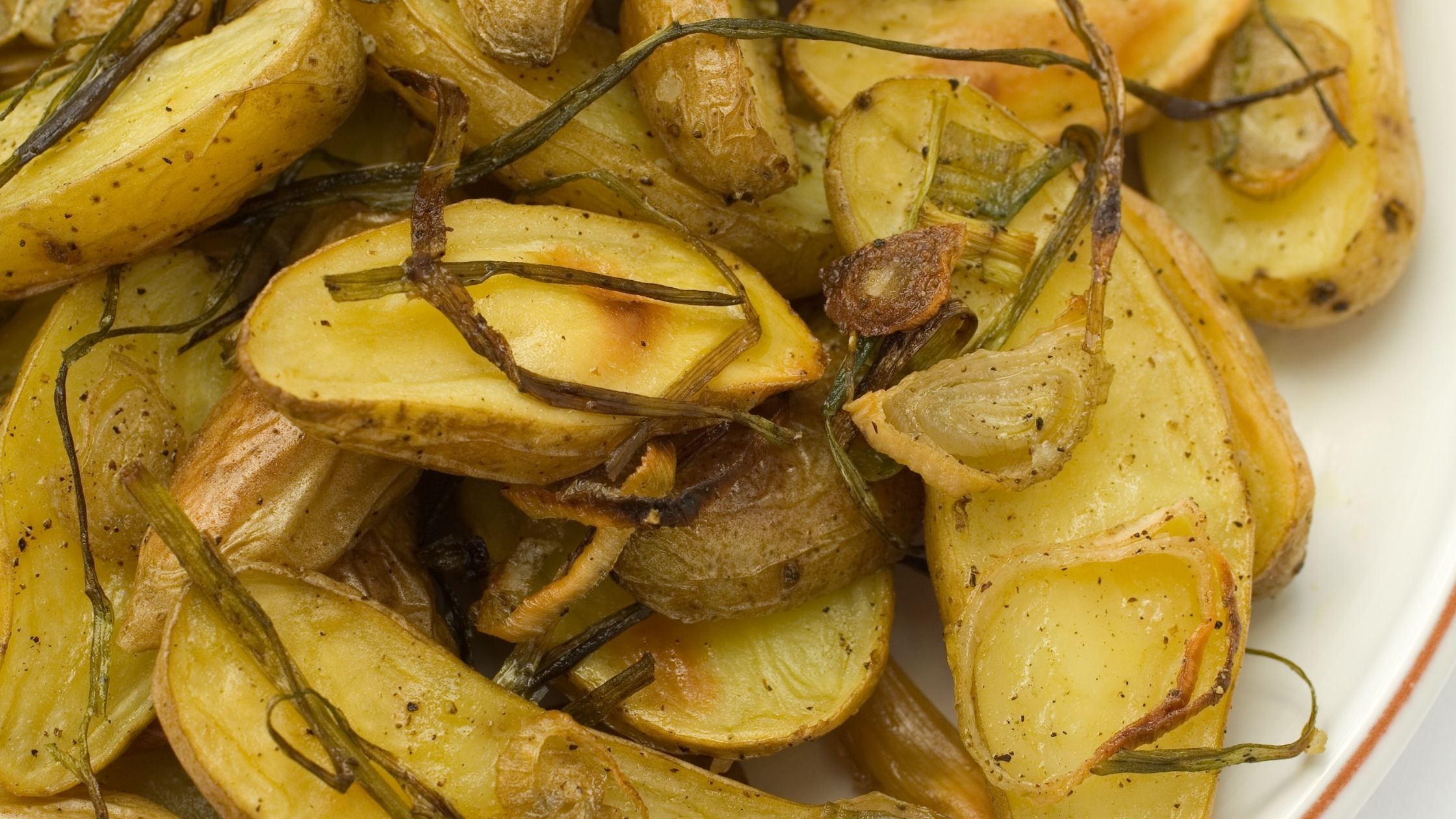
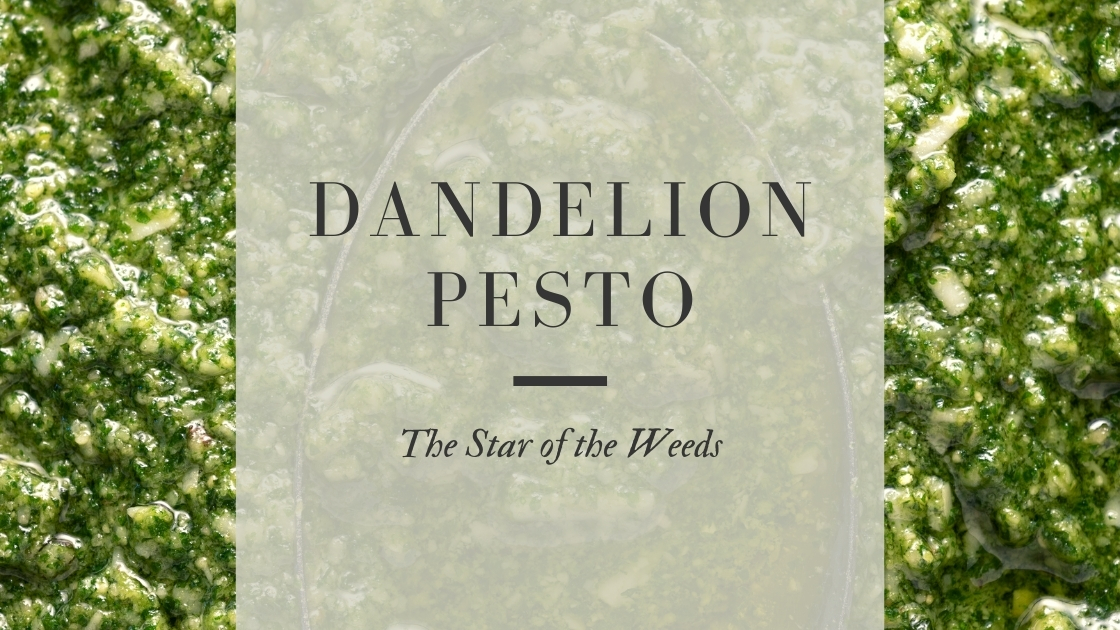
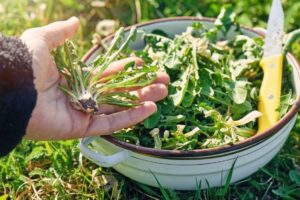 The Dandelion is so incredible because it’s loaded with properties that help to boost your immunity and overall wellness. It’s packed with vitamins (A, B complex, and C) and minerals (iron, potassium, and zinc) and it is because of its tremendous healing properties that it has been used in many and differing ancient medicinal practices as a liver tonic, a digestive tonic, and even a skin tonic. It can also help with water retention with its natural ability to pull fluid from the body.
The Dandelion is so incredible because it’s loaded with properties that help to boost your immunity and overall wellness. It’s packed with vitamins (A, B complex, and C) and minerals (iron, potassium, and zinc) and it is because of its tremendous healing properties that it has been used in many and differing ancient medicinal practices as a liver tonic, a digestive tonic, and even a skin tonic. It can also help with water retention with its natural ability to pull fluid from the body. Dandelion was used for its therapeutic benefits in Native American practices for the skin and the stomach. In Traditional Chinese Medicine it’s used for combating inflammation, stomach ailments, and detoxification. In Ayurveda dandelion is most used in detoxification, liver cleansing, and for kapha dosha imbalances. It is best used in the springtime when excess kapha has accumulated from the winter.
Dandelion was used for its therapeutic benefits in Native American practices for the skin and the stomach. In Traditional Chinese Medicine it’s used for combating inflammation, stomach ailments, and detoxification. In Ayurveda dandelion is most used in detoxification, liver cleansing, and for kapha dosha imbalances. It is best used in the springtime when excess kapha has accumulated from the winter. 